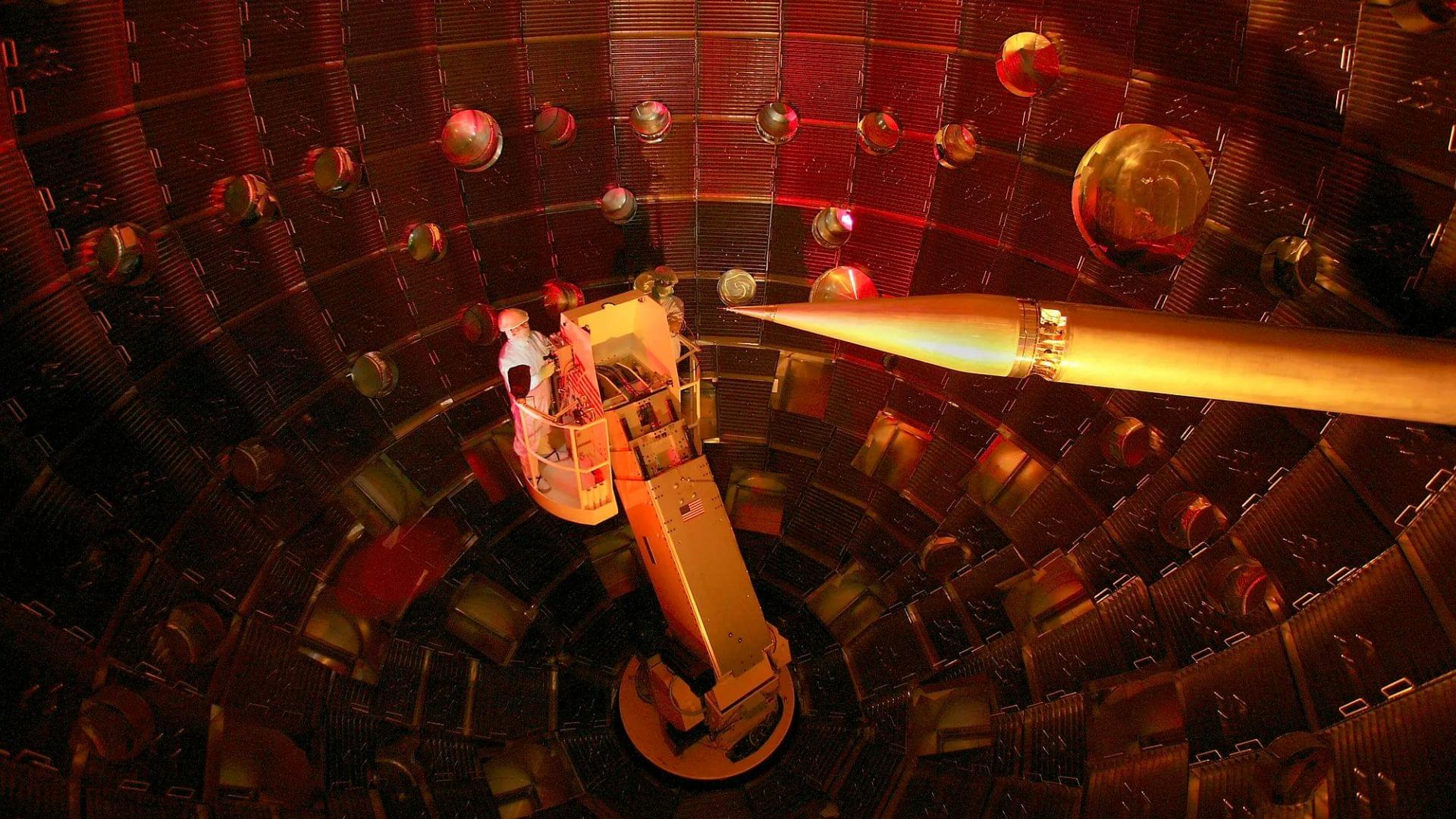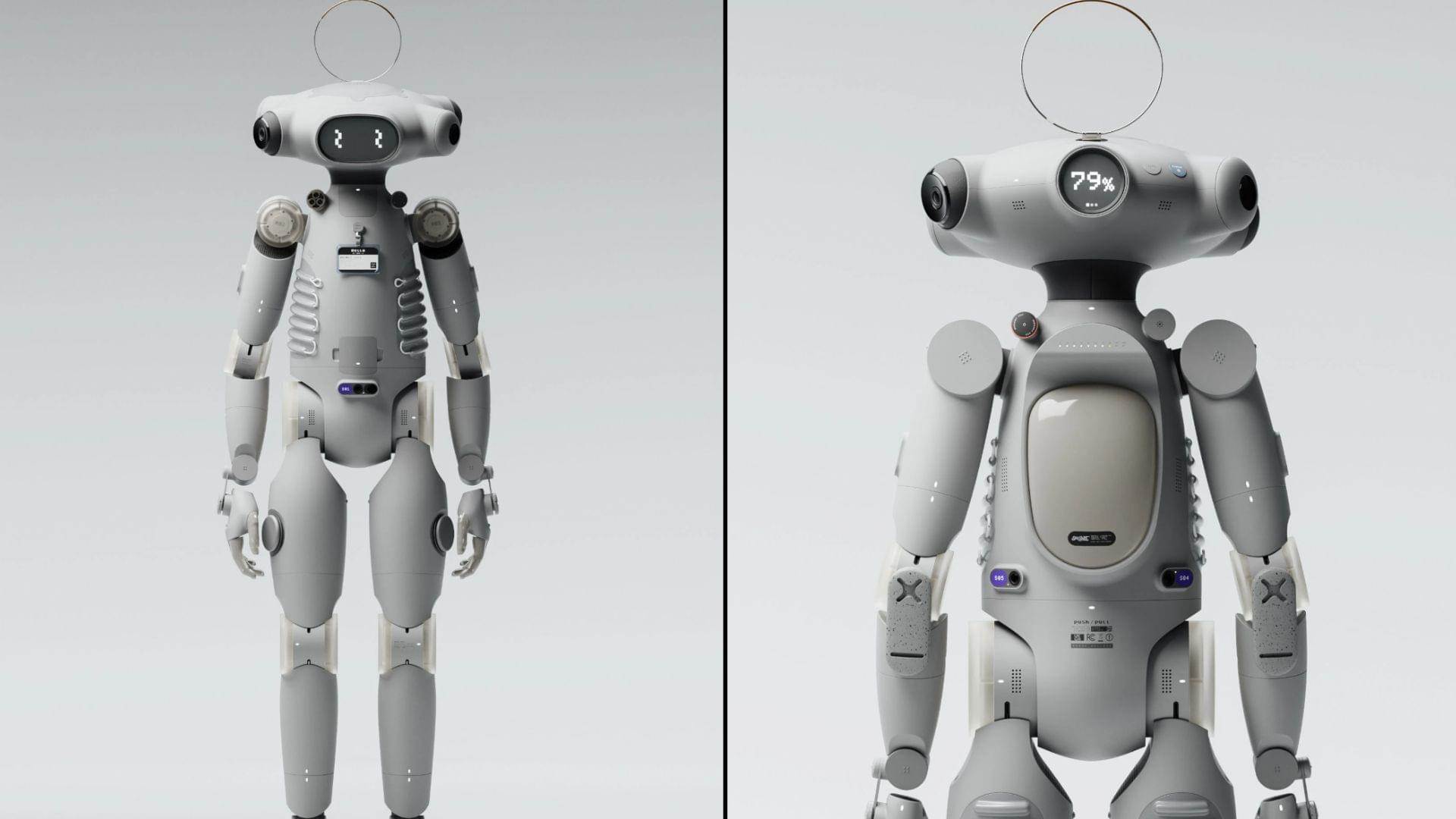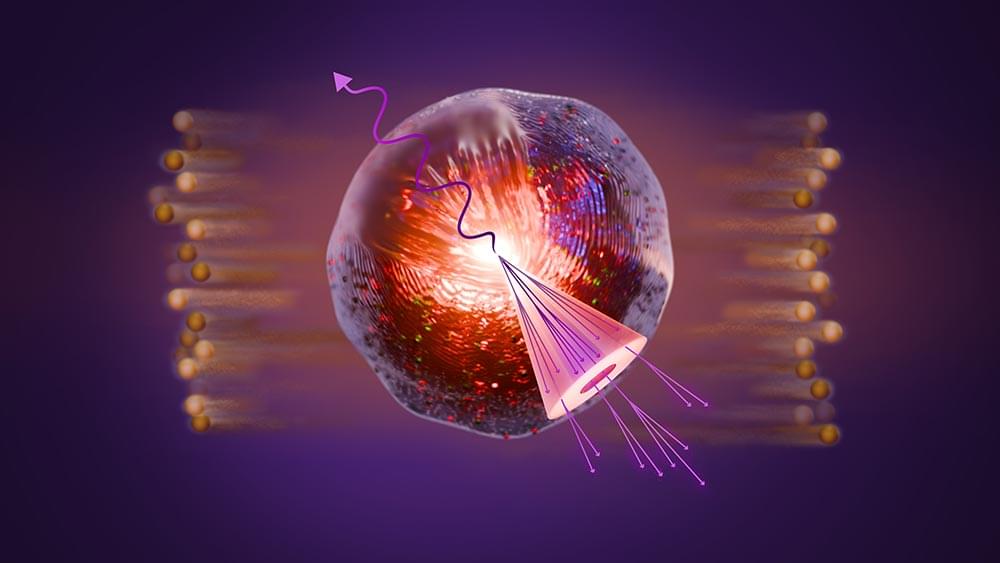UK’s new defense system can hit tennis-ball-sized objects traveling at Mach 2 speed.
The U.K. has made a significant effort to upgrade its missile defense power. The country is buying six new Land Ceptor air defense missile systems to bolster national security and defence.
Named Sky Sabre, the system delivers higher accuracy at the time of combat. It’a capable of hitting a tennis-ball sized object travelling twice the speed of sound.
The sophisticated system can also simultaneously control the flight of 24 missiles, guiding them each to intercept separate targets at once.






